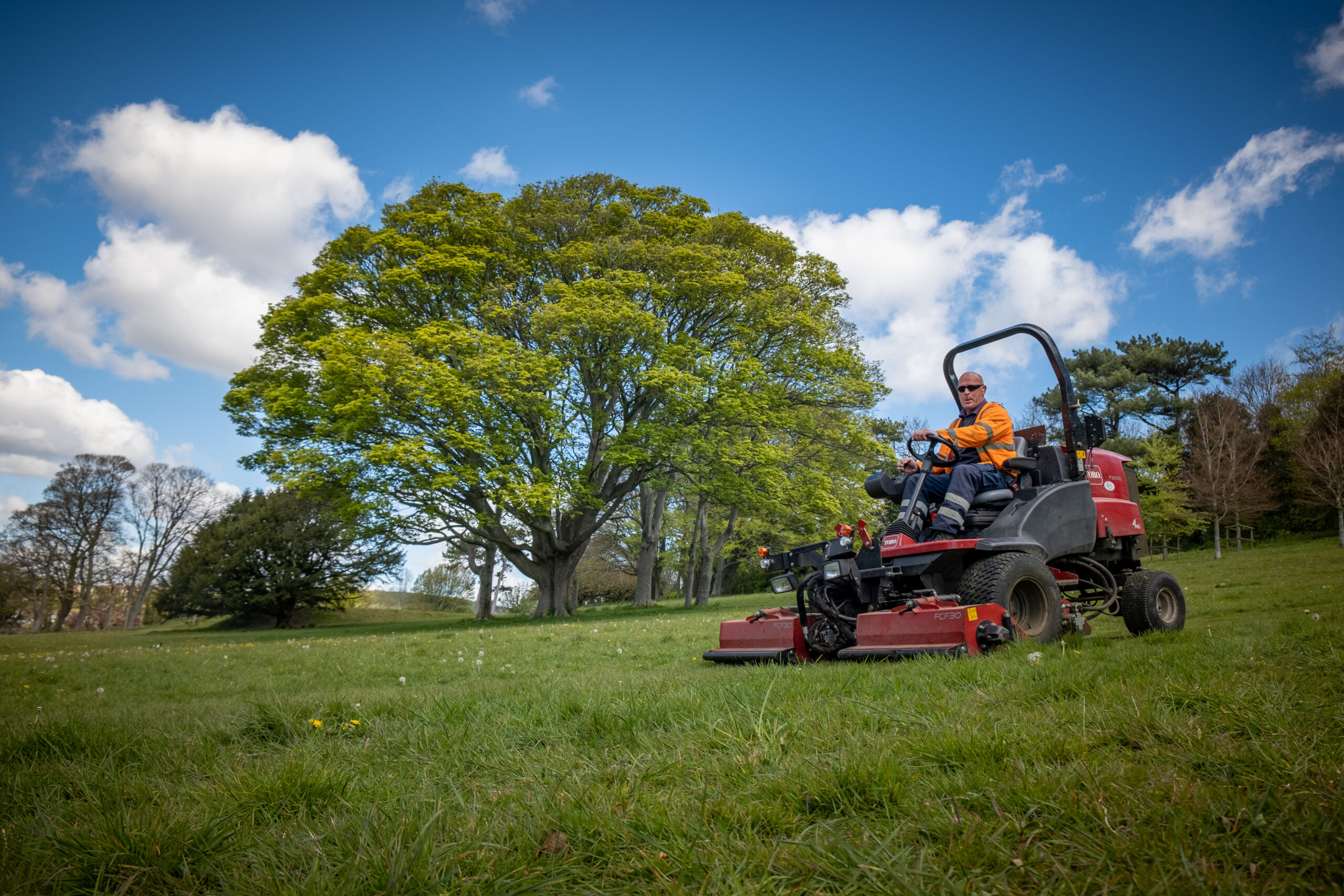We ask about trends affecting Groundcare over the next five years and their likely affect on UK businesses.
Eco Credentials
Sustainability & Eco-Consciousness
-
Native and drought-tolerant plants:
Choosing plants that are well-suited to weather fluctuations reduces the need for extensive watering and care
-
Water conservation:
Implementing smart irrigation systems that adjust to soil moisture, and incorporating rainwater harvesting, are becoming standard.
-
Reduced chemical use:
A growing preference for organic treatments and soil-based lawn health methods minimises the environmental impact of maintenance.
Industry Shifts
-
Subscription-based services:Customers are increasingly opting for ongoing, predictable lawn care rather than one off services.
-
Focus on soil health:A shift towards understanding and improving soil conditions is leading to healthier, more resilient landscapes.
Projections for autumn and winter 2025/26
The overall outlook remains positive, with moderate growth (2-4%) projected between 2025 and 2026, driven by an improving economic environment and continued demand for outdoor living spaces.
Source: Barbour ABI
Businesses will continue to diversify their offerings to address seasonal fluctuations in demand. Winter services such as gritting and snow removal are crucial to maintaining revenue year-round.
Expect further adoption of sustainable and smart technologies to enhance efficiency and meet evolving client preferences for eco-friendly solutions. This includes investing in research and development to bring advanced lawn care techniques and products to market.
Source: Lawntech
There may be a growing demand for specialised services catering to niche business areas like sports grounds management, estate maintenance, and the integration of sustainable practices into urban landscapes.


